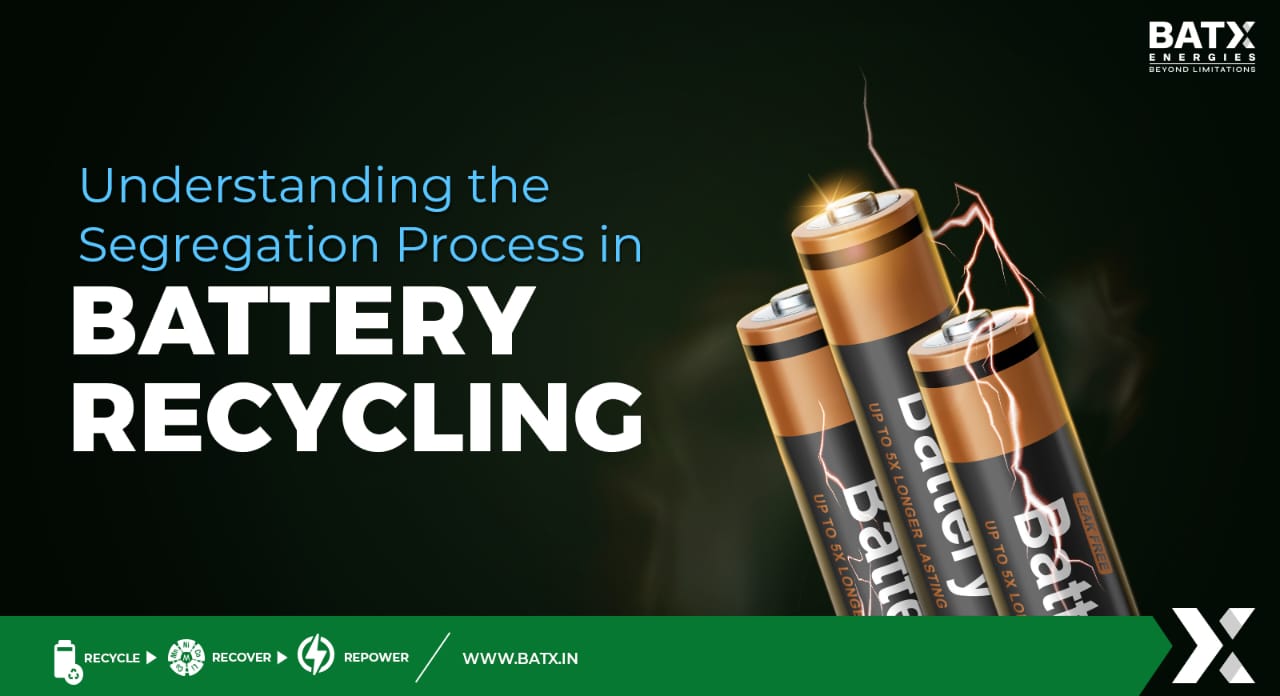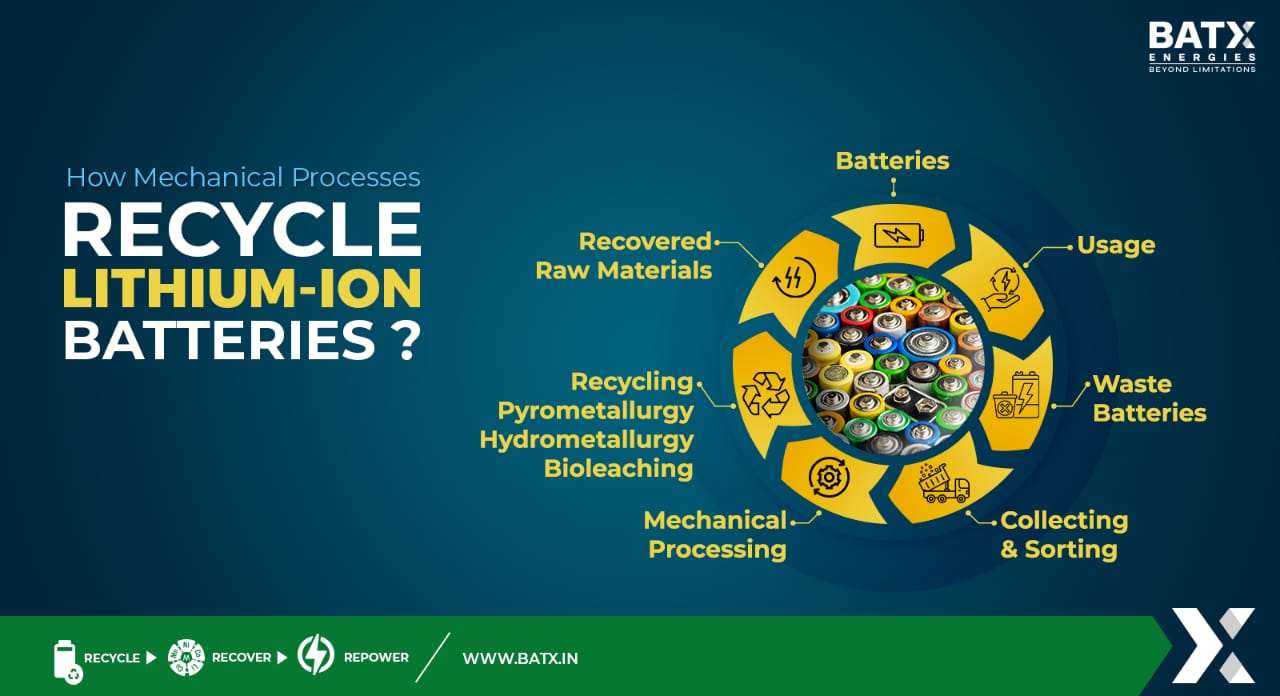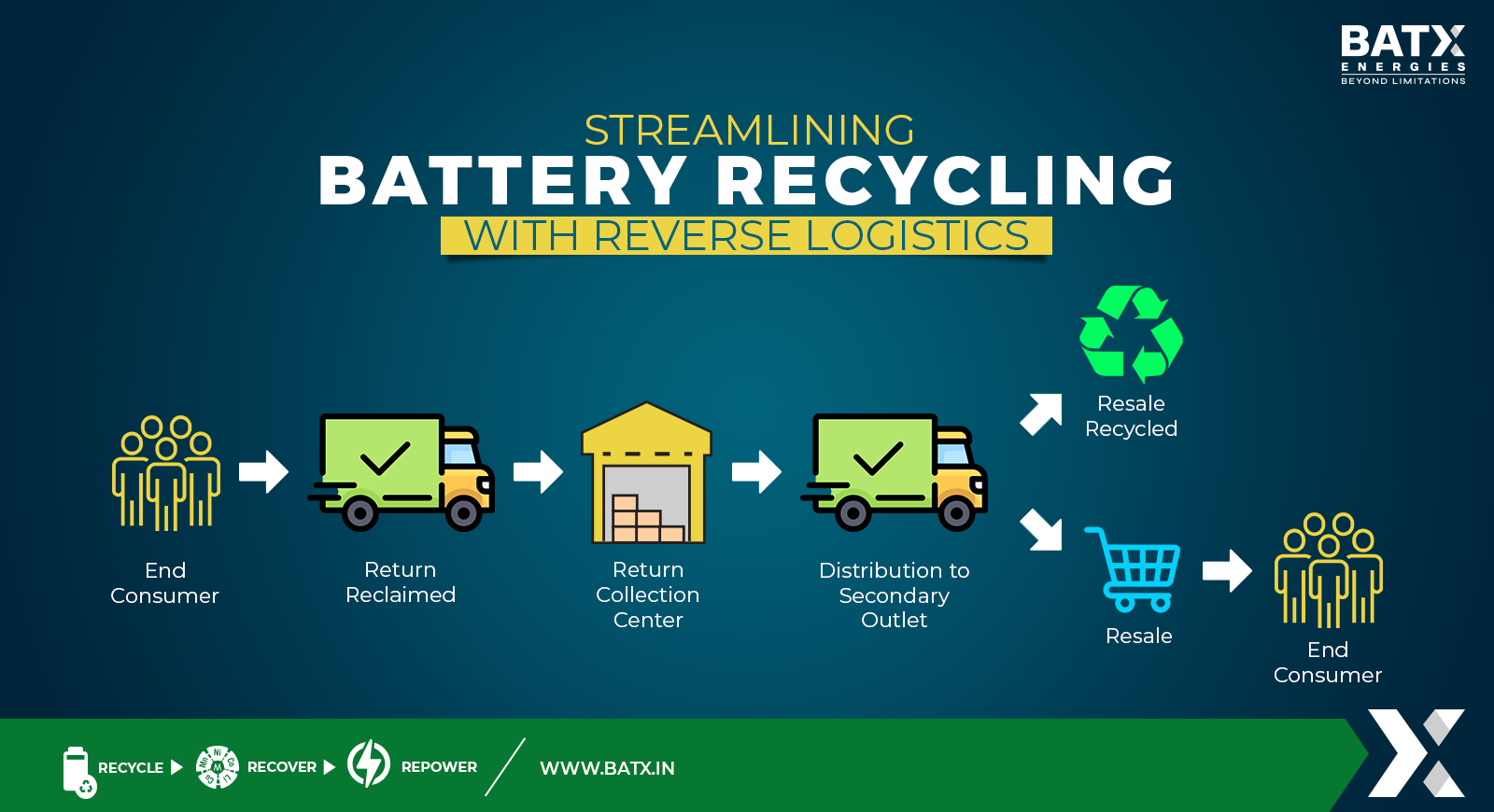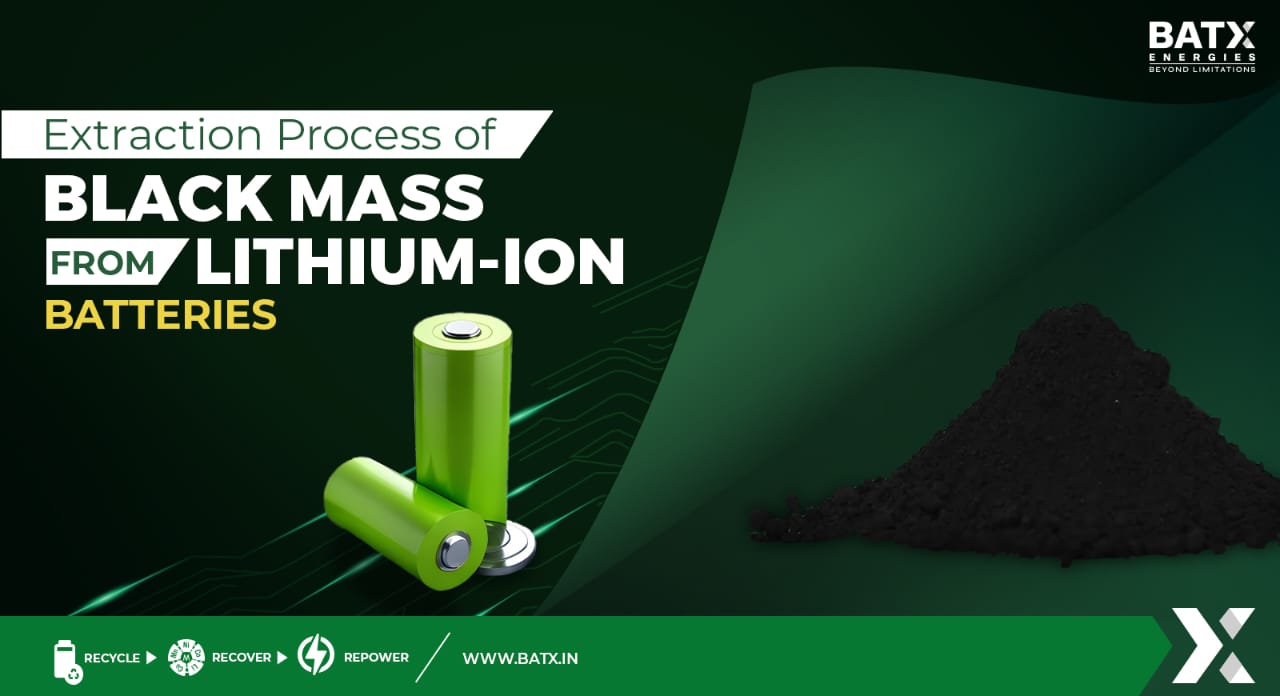The segregation process in battery recycling means the way of dividing the waste materials from batteries into different categories like reusable, biodegradable, and non-biodegradable. When waste is segregated, it reduces the amount of trash that ends up in landfills, protecting the environment and public health. The segregation process in battery recycling is a less expensive procedure and is better for humans and the planet.
Table Of Contents:
Benefits Of the Segregation Process in Battery Recycling
Segregation Techniques in Battery Recycling
Collection
Sorting
Segregation By Chemistry
Segregation By Size and Type
Recycling
Waste Management
Benefits Of the Segregation Process in Battery Recycling
The toxins chemicals and heavy metals in batteries are becoming a big concern around the world. There is a crucial benefit of the segregation process in battery recycling. So, why wait? Let’s acknowledge the benefits of the segregation process in battery recycling.
Reduce Landfills
The segregation process reduces the waste that ends up in landfills. Batteries are hazardous waste containing heavy metals and toxic chemicals like sulphuric acid, mercury, nickel, lead, or cadmium. Without battery recycling, it can lead to leakage of these chemicals into soil or waste stream. It degrades human health and the environment. Overall segregation process reduces the waste that ends up in landfills by preventing the release of hazardous waste into the environment.
Improve Public Safety
The segregation Process in battery recycling ensures public safety. It identifies and handles the toxic materials that can degrade human health if not managed properly. If we are not successful in disposing of waste batteries, metals take over 100 years to break down and chemicals contained within the batteries will never break down and are extremely harmful to the environment.
Segregation facilitates the prevention of accidental exposure to toxins by ensuring the safe transportation and storage of waste from batteries. Hence segregation process plays an important role in improving public safety by reducing waste that gets landfilled and lowering air and water pollution.
More Material Recovery
Batteries are used everywhere and are considered a huge part of our everyday lives. It contains heavy metals and toxic chemicals like sulphuric acid, mercury, nickel, lead, or cadmium. Segregation Process It allows many ways to recycle more types of materials. Nickel and cobalt, copper and aluminum, as well as steel can be recovered from battery waste. Material recovery reduces environmental harm, reduces the need of amount of new materials, and demonstrates that waste management is no longer a burden to humans and the environment.
Segregation Techniques in Battery Recycling
To begin with, the battery is considered suitable for automotive applications till its capacity fades to 70 % to 80 % of the initial rated capacity. Then the battery can be used for other applications such as grid storage. It is generally referred to as the second-life application of the battery, then it can be considered for recycling. Let’s understand how the segregation process in battery recycling works.
Collection
The first step in the segregation process is the collection of batteries from households and industries. The batteries are collected before they deteriorate. After collection, the batteries are transported to recycling facilities.
Sorting
The second step in the battery recycling by segregation process is to sort the batteries by their type and chemistry. This is important because Lithium batteries (as well as coin batteries) must be protected before disposal.
Segregation By Chemistry
Batteries contain different chemicals like manganese, mercury, nickel, lead, or cadmium. Here the lithium, manganese, nickel, and cobalt in black mass are segregated by chemical processes. The benefits of chemical segregation:
- Safer chemical storage.
- Ensure a safer environment through successful chemical segregation from batteries.
Segregation By Size and Type
Batteries also come in various sizes and types, such as cylindrical, rectangular, button-cell, and prismatic. Batteries segregation by size and type ensures they can be reused to make new products, reducing the cost and energy use involved in manufacturing batteries.
Recycling
Finally, the batteries are recycled. The main goal is to separate reusable, biodegradable, and non-biodegradable materials from batteries. The reusable materials reduce the amount of waste that will need to be sent to landfills. The biodegradable materials save money in the long run.
Waste Management
Not all materials from batteries can be recycled properly. The non-biodegradable cannot be decomposed or dissolved by natural agents. So, segregation facilities the proper disposal of waste equipped with environmental safeguards preventing the leakage of waste to soil and water.
Conclusion
If you put batteries in wheelie bins, it can potentially harm public safety and the environment. Battery recycling reduces the carbon footprint significantly. Hence, it is appropriate to use the Segregation process in battery recycling as it is a less expensive procedure that ensures the reduction of land and water pollution and conserves resources.



